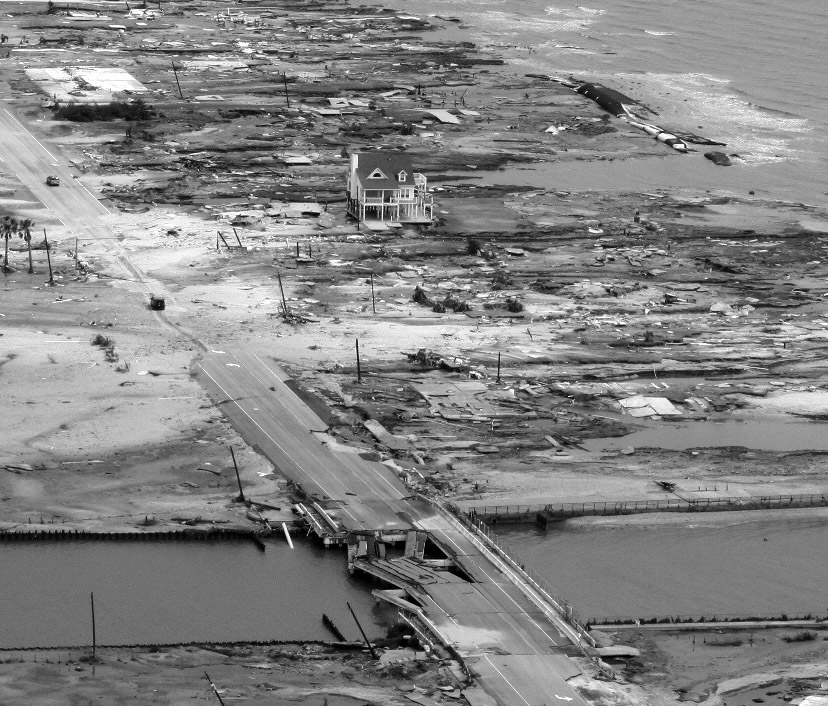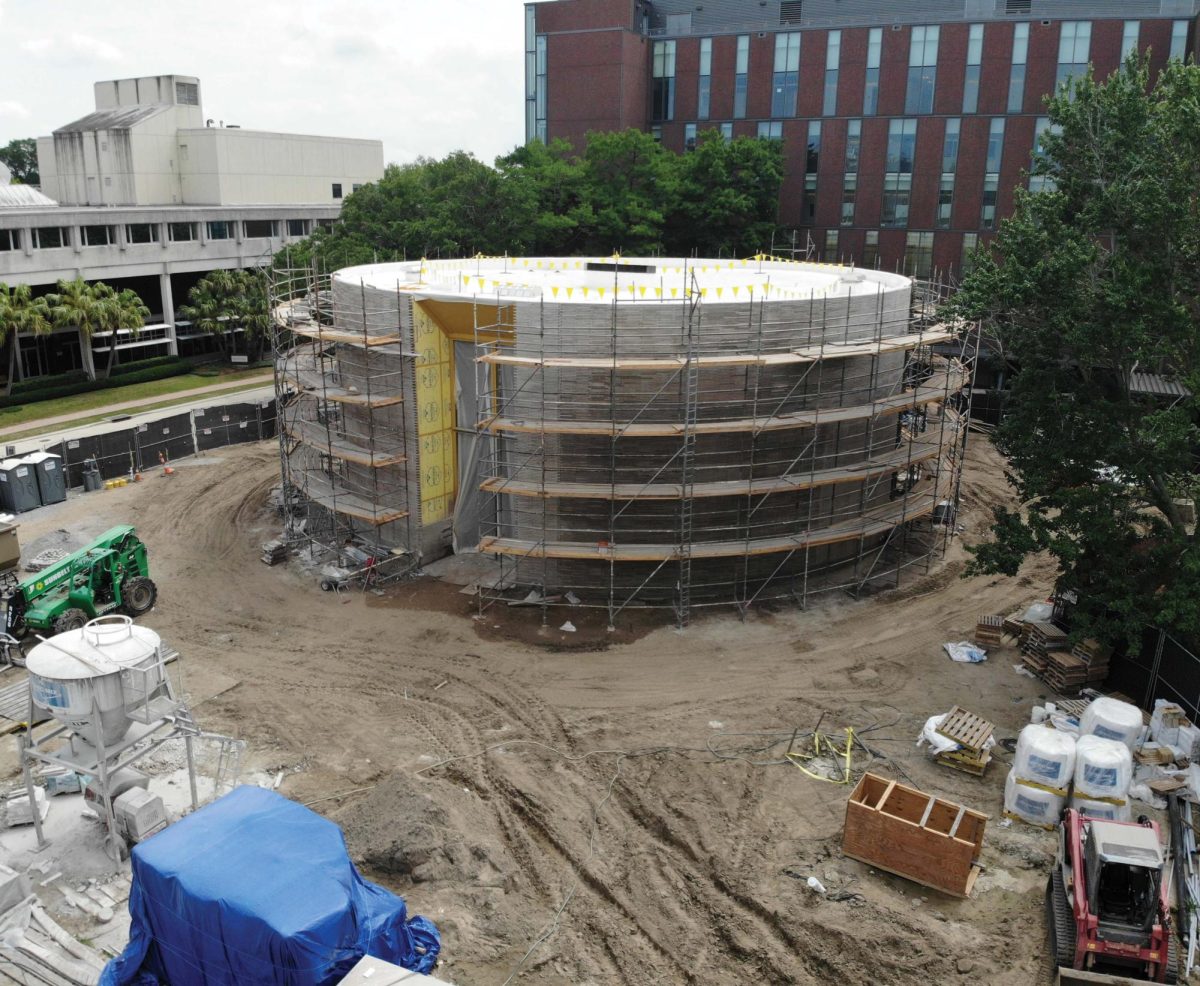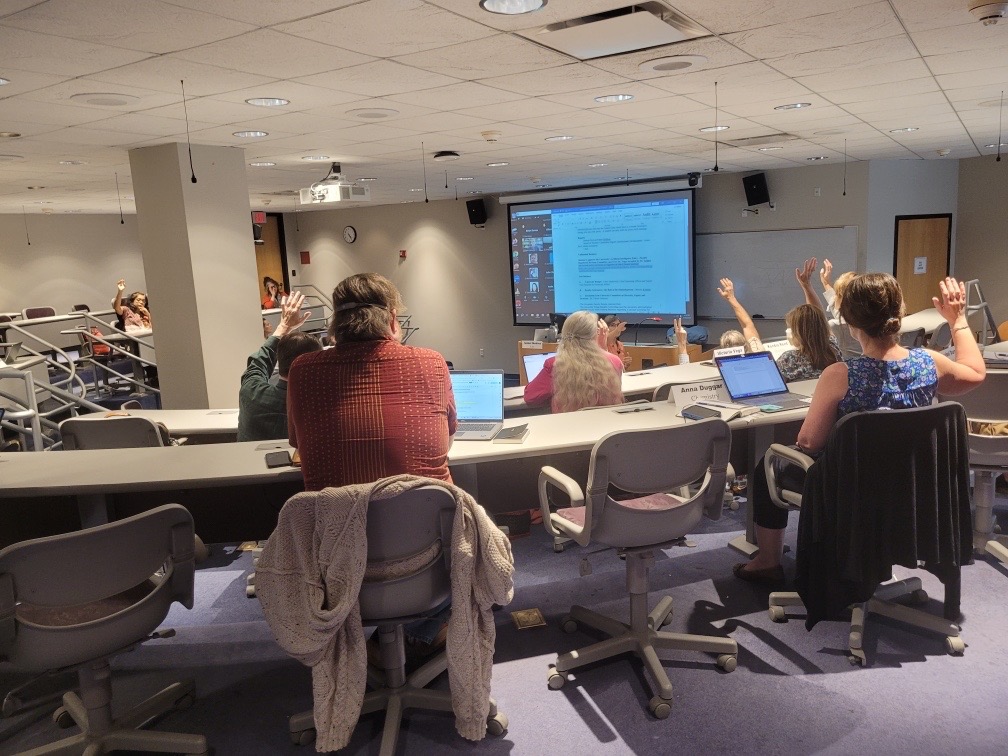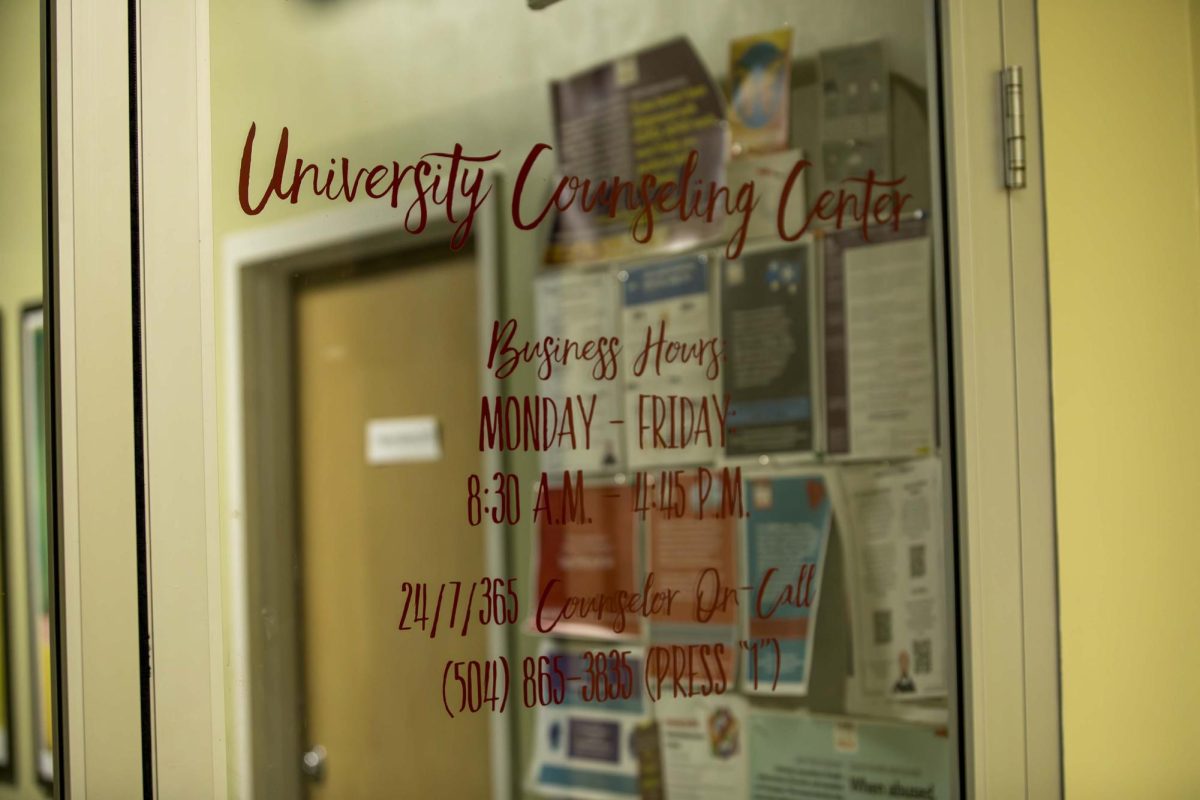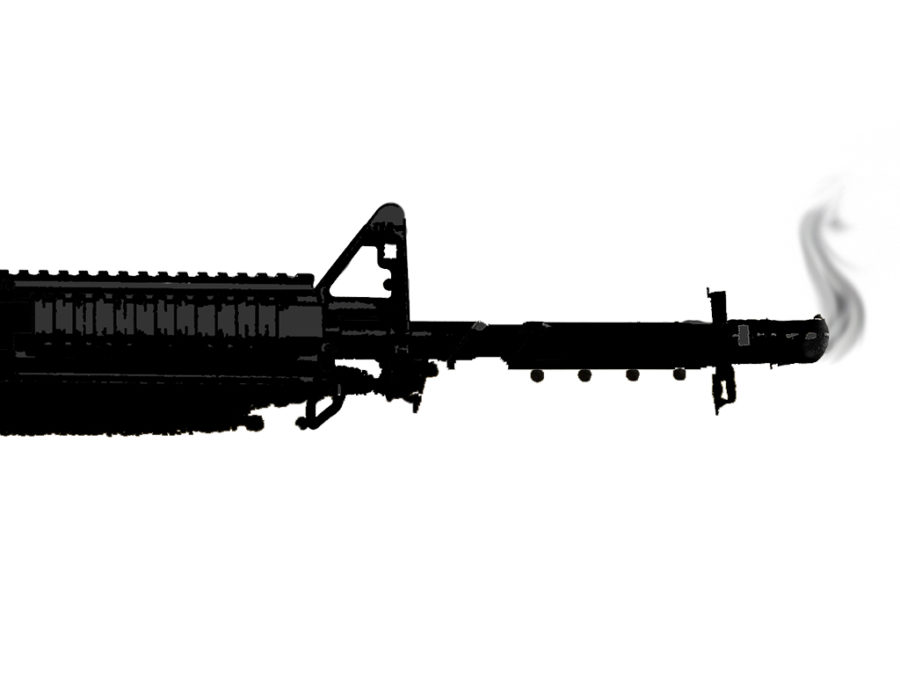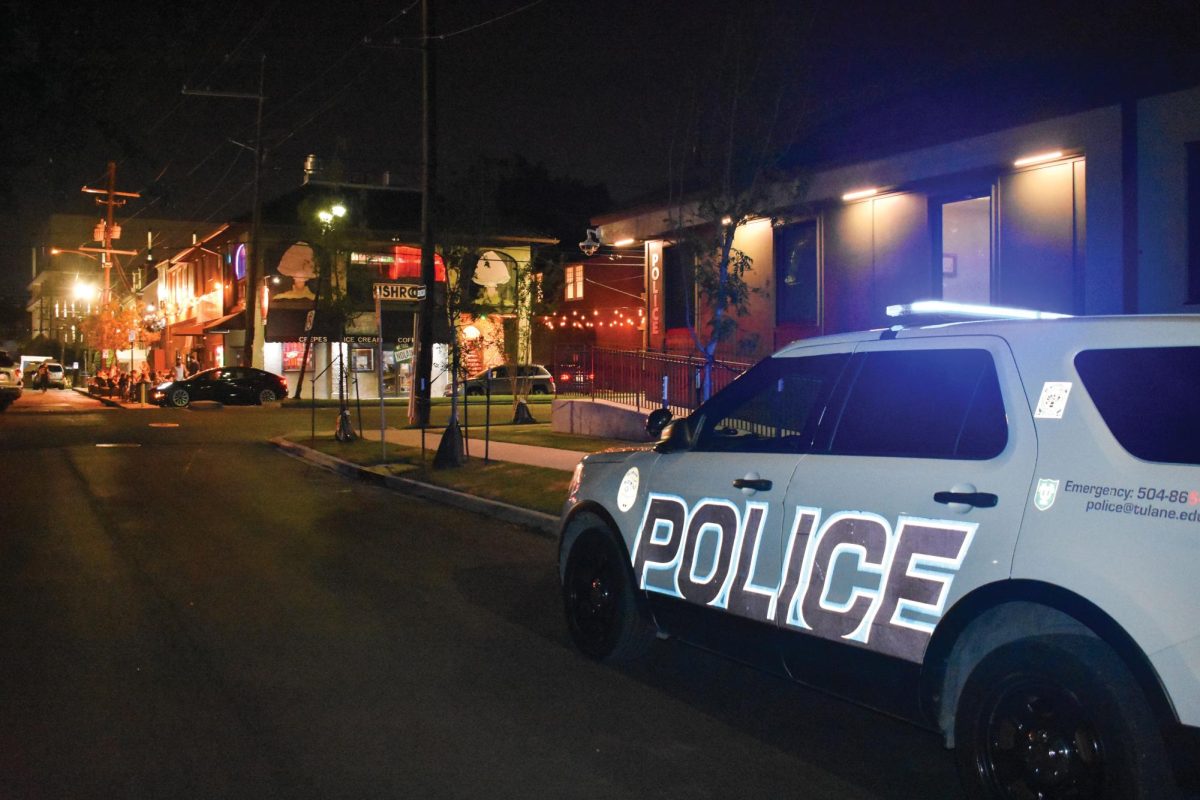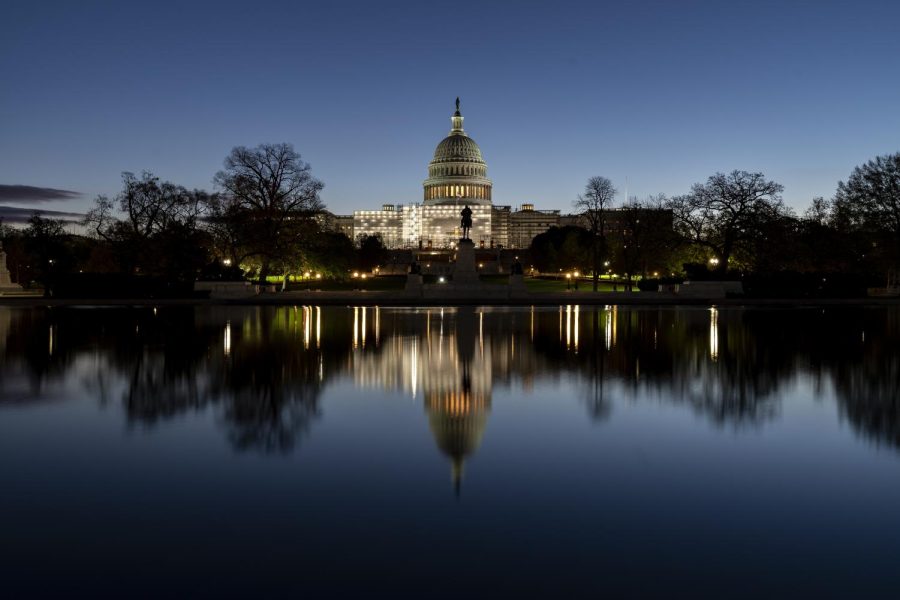Climate change and its effects have continued to worsen over the years, including the intensity of natural disasters. Hurricanes have become so intense that experts are proposing adding another category to the hurricane scale.
Climate scientists are pushing for a Category 6 to be added to the Saffir-Simpson scale, a more than 50-year-old scale that categorizes hurricanes. From Categories 1 to 5, the scale ranks hurricanes based on their wind speeds.
Each category has its own range before going up or down in classification. The range for each category is from around 14 to 26 miles per hour. A Category 5 is currently marked as any storm that has 157 mph winds or greater. There is a 35 mph increase between a Category 5 at 157 mph and the new proposed Category 6 at 192 miles per hour.
Since 2013, there have been five storms recorded that had 192 mph winds or higher, all having occurred in the Pacific Ocean. The Pacific does not have enough land to weaken a storm, so storms are stronger and can intensify more quickly. As the global temperature continues to rise, there’s a possibility that high wind speeds will become a problem for the Atlantic Ocean as well.
As hurricane intensities have increased, some scientists believe there should be a Category 6 for hurricanes that reach over 192 mph winds, but this idea has created mixed opinions.
Bob Thomas, professor at Loyola and director of the center for environmental communication, explains the importance of this potential decision.
Thomas said that with the increasing water temperatures due to the global temperature rise, hurricanes are being fueled by the warmer waters, furthering the intensity of the storms.
He also said that the length of time the hurricanes spend over waters also allows hurricanes to get bigger, which is why some scientists are wanting to add a new category.
“I think it’s warranted, and I hope that they approve it. It makes sense. They have the data and they’re experts,” Thomas said.
Thomas explained there are many ways meteorologists and scientists have come up with ways to warn the public about hurricanes.
Scientists and meteorologists have begun color-coding hurricanes to catch the viewer’s attention if they need to evacuate and where the hurricane is hitting the hardest, Thomas said.
He also believes that adding a Category 6 will be another way to keep people safe by being more alert of what is going on.
Jim Schott, adjunct environmental professor and former Entergy employee, said he doesn’t feel this is necessary, but understands why it is being proposed as a new idea.
Schott believes it can be good to add this category for scientific purposes in order to categorize more intense hurricanes but thinks communicating this issue to the public is still an issue.
“There’s no point in another number because anything over five is catastrophic and extensive damage,” Schott said.
Schott said people are expected to evacuate for a Category 4 and anything above to be safe, but a lot of people don’t evacuate.
He believes that if they add Category 6, then people will not take Categories like 4 and 5 as seriously even though they still cause catastrophic damage.
Schott highlighted how the scale does not take into account the damage that the hurricanes can cause but rather it focuses on wind speed.
“A lot of the damage, in fact most of the deaths and damage, occur on the coastal regions because of storm surge,” Schott said. Schott explained that there are many other factors that the Saffir-Simpson scale does not take into consideration.
Both Thomas and Schott expressed concerns about public safety and notifying the public that they need to evacuate at any hurricane that is rapidly intensifying.
As hurricanes are continuing to intensify over the years due to warming waters and climate issues, this is going to continue being a problem regardless if a Category 6 is added or not. It is important to stay alert in these situations to know how to stay safe.
The Associated Press contributed to this report.







